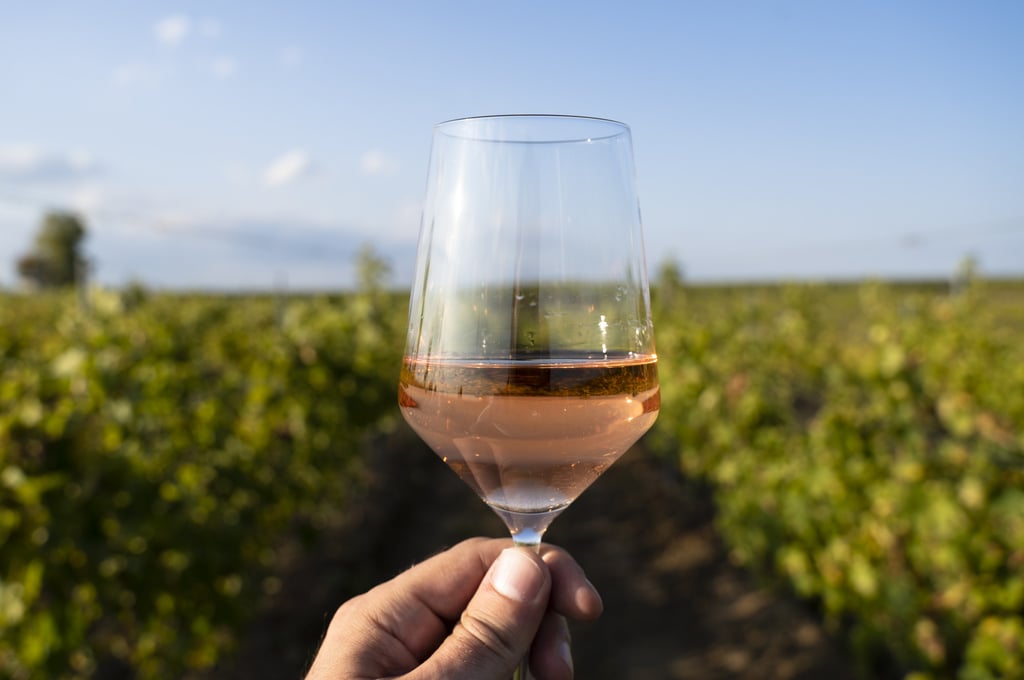Opinion | Rosé wine isn’t all pastel pink and bland – artisan rosés have depth and complexity. But try telling the average drinker that
- While it is true that many commercially available rosé wines inspire nothing but a big yawn, it’s a mistake to overlook a rosé in favour of a red or white
- There are rosés, produced with the same passion and attention that goes into red wines, that you’ll never find at a supermarket – you just have to look for them

So for this next trick I will require you to sit still and let go. Your eyelids grow heavy, you exhale slowly and feel your body relax completely. You’re almost asleep, calm and defenceless, and you let me serve you a glass of rosé …
Since it is the skins that contain the key structural components of a wine – colour, tannin, flavour and aromatic compounds – the length of maceration is the defining factor in the style of a wine.

Typical rosés that flood supermarket shelves at the onset of summer are produced by a brief maceration to lightly colour the wine without giving it much substance in terms of structure and flavour. Often a blend of a few grape varieties, these wines look and taste remarkably alike – pastel pink, vaguely fruity, refreshing and often a tad sweet.

